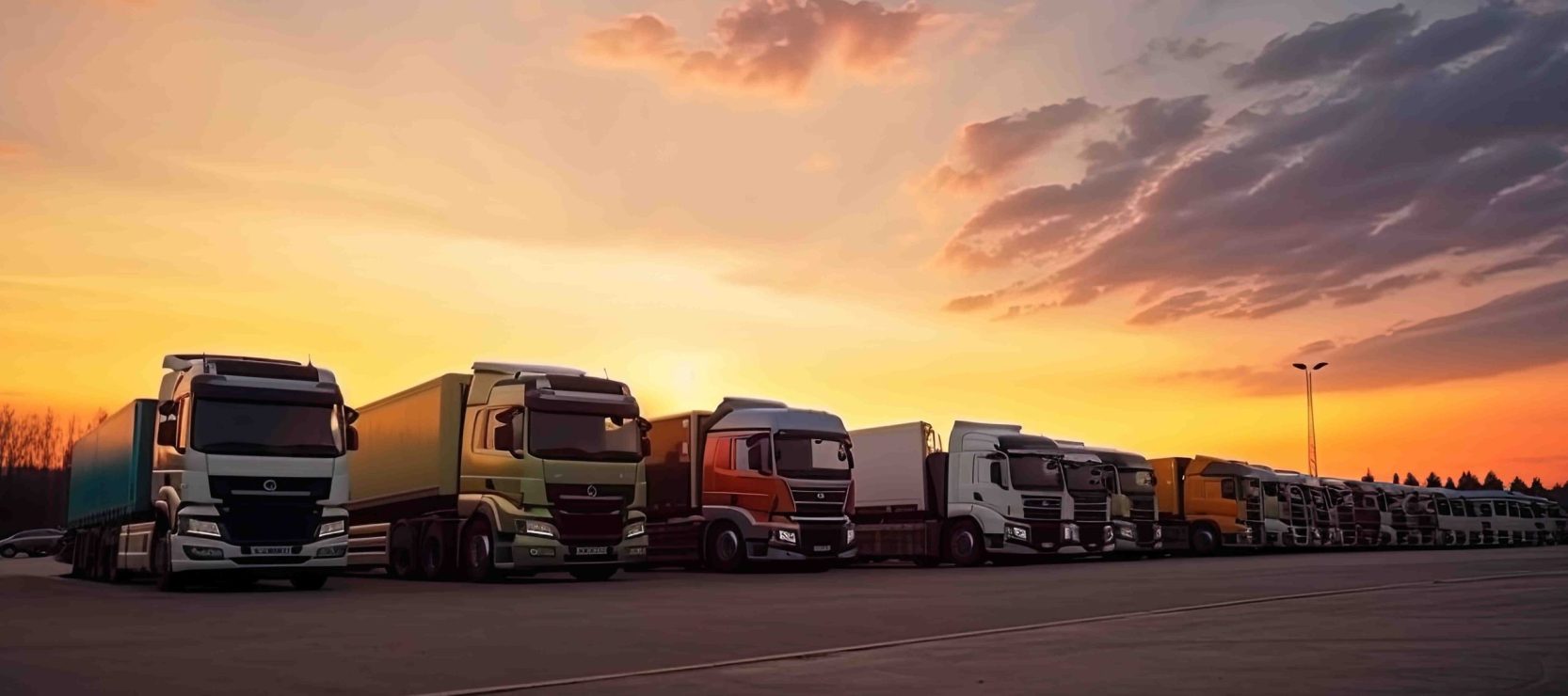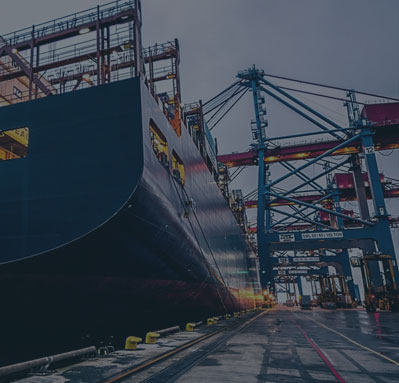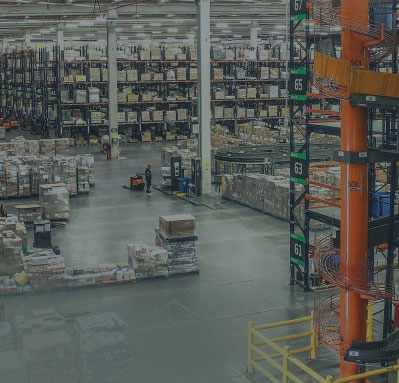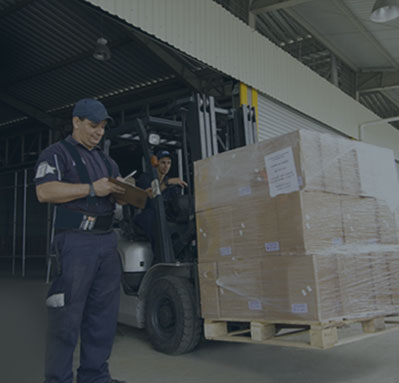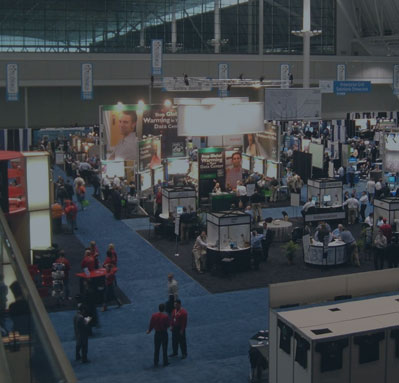Truckload shipping stands as a linchpin in the vast machinery of the logistics realm, weaving an intricate web of connections throughout the supply chain. Central to businesses that deal in bulk transportation, it seamlessly bridges the gap between producers and consumers, ensuring that goods traverse vast distances efficiently. As industries evolve and consumer demands heighten, understanding truckload shipping becomes ever more crucial. To fully understand its significance and process, let’s delve deeper into its definition, benefits, components, and operation.
Understanding Truckload Shipping
Truckload shipping, at its core, involves transporting goods that occupy an entire semi-trailer or intermodal container. It’s segmented into two main categories: Full Truckload (FTL) and Less Than Truckload (LTL). In FTL, a single client’s cargo fills the entire truck space, ensuring faster deliveries through fewer stops and reduced handling. This limits potential transit damage. On the other hand, LTL consolidates items from several clients within the same space.
Owing to its efficiency in transporting bulk goods, truckload shipping has become a cornerstone of the transportation sector. It’s pivotal for industries ranging from manufacturing to agriculture and retail, ensuring timely delivery of vast quantities. The scale and efficiency of truckload shipping make it a critical component of the global supply chain, enabling industries to meet consumer demands effectively.
Key Advantages of Truckload Shipping
Efficiency and Speed
Truckload shipments, which generally cater to a single shipper’s goods, mean fewer stops for pickups and deliveries. This streamlined approach leads to swifter transit times and overall operational efficiency.
Cost-Effectiveness
For shippers with enough goods to fill an entire truck, FTL shipping tends to be more cost-effective. They’re booking the whole truck space, which simplifies the billing process. Additionally, without juggling multiple shipments or splitting costs with others, administrative hassles decrease significantly.
Reduced Handling
Truckload shipping involves lesser instances of loading and unloading goods, minimizing the risk of damage and associated handling expenses. This straightforward method ensures a smoother transit experience, reducing potential disruptions or hold-ups during delivery.
Flexibility in Shipment
Truckload shipping provides shippers the leeway to set specific requirements for their goods, be it temperature regulations for perishables or reinforced security for valuable items, ensuring products reach their destination in the best possible condition.
Enhanced Security
With a dedicated truck for a shipper’s goods, there’s inherently a lower risk of misplacement, theft, or damage. Goods remain securely sealed from the moment of pick-up to the point of delivery, reinforcing the security of the cargo throughout its journey.

Essential Components of Truckload Shipping
The world of truckload shipping is a dynamic mix of vehicles, professionals, and logistical prowess. The transportation sector showcases a plethora of truck varieties, each uniquely designed for particular shipping requirements.
- Dry Vans: Enclosed trailers mainly used for transporting non-perishable items.
- Flatbeds: Open trailers ideal for carrying oversized machinery or large goods.
- Refrigerated Trailers: Specifically designed for goods requiring temperature control, like fresh produce or specific pharmaceuticals.
- Tanker Trucks: Used to transport liquid goods, such as milk, water, or various chemicals.
- Intermodal Containers: Versatile containers often used for long-distance or international shipments, capable of being transferred between trucks, ships, and trains.
- Step Deck Trailers: Similar to flatbeds but with a step in the bed to accommodate taller cargo.
- Double Drop Trailers: Suited for extremely tall items as it has a lower center section between the gooseneck and the wheel area.
- RGN (Removable Gooseneck Trailers): Designed to carry long and heavy freight. The front detaches, allowing the trailer to be driven onto.
- Side-kit Trailers: Flatbeds with removable wooden side panels to protect cargo from falling out or being impacted by external elements.
- Curtain Side Trailers: A mix between a dry van and a flatbed, where the sides are covered with a tarp, providing easier side access to the cargo.
As important as the trucks are to functionality of the truckload shipping, these vehicles alone don’t define the industry. The real pulse of truckload shipping beats in its people. Drivers stand at the forefront, holding the reins of timely and secure deliveries, while the backbone of the operations, the logistics personnel, strategize routes, juggle schedules, and continually oil the wheels of this vast machine to ensure it runs seamlessly.
The Process: How Truckload Shipping Works
1. Booking and Scheduling
The process begins with a shipper booking a truckload shipment with a carrier or broker. Details like pickup and delivery locations, type of goods, and preferred delivery time frame are discussed.
2. Loading and Inspection
Once scheduled, the carrier arrives at the pickup location. The goods are then loaded onto the truck. Before departure, an inspection is usually conducted to ensure the safety of the cargo and compliance with regulations.
3. Transit
The loaded truck then begins its journey to the delivery location. During transit, drivers might take breaks, especially for long-haul shipments, but the goods remain secured in the trailer.
4. Delivery and Unloading
Upon reaching the destination, the goods are unloaded. A final inspection often takes place to ensure that all goods have arrived undamaged.
5. Documentation and Payment
After successful delivery, necessary documents like the Bill of Lading (BOL) are exchanged. The shipper then processes the payment as per the agreed terms with the carrier or broker.
Challenges and Considerations in Truckload Shipping
Capacity Issues
One of the challenges in FTL shipping is ensuring that there’s always enough capacity available, especially during peak seasons.
Regulations and Compliance
Transportation of goods, especially across state or country borders, involves navigating through various regulations. Non-compliance can lead to penalties or delays.
Cost Fluctuations
Factors such as fuel prices, demand and supply dynamics, and geopolitical events can influence the costs associated with truckload shipping. Shippers and carriers must remain adaptable to these fluctuations.

Navigating the Complex World of Truckload Shipping with Cargoline
Navigating the vast realm of truckload shipping can be a challenge, but it doesn’t have to be with the right partner by your side. At Cargoline, we don’t just offer expertise in truckload shipping; our seasoned professionals are adept at maneuvering through the intricate customs clearance procedures specific to the UAE’s Free Zones. Whether you’re looking to ship by air, sea, or land, our team is equipped with the knowledge to handle the unique intricacies of each mode. We’re not just about finding a solution; we aim to tailor our services to match your individual needs, preferences, and budget. Experience the difference of a personalized approach with Cargoline.
Reach out to our team and let’s make shipping simpler together.
